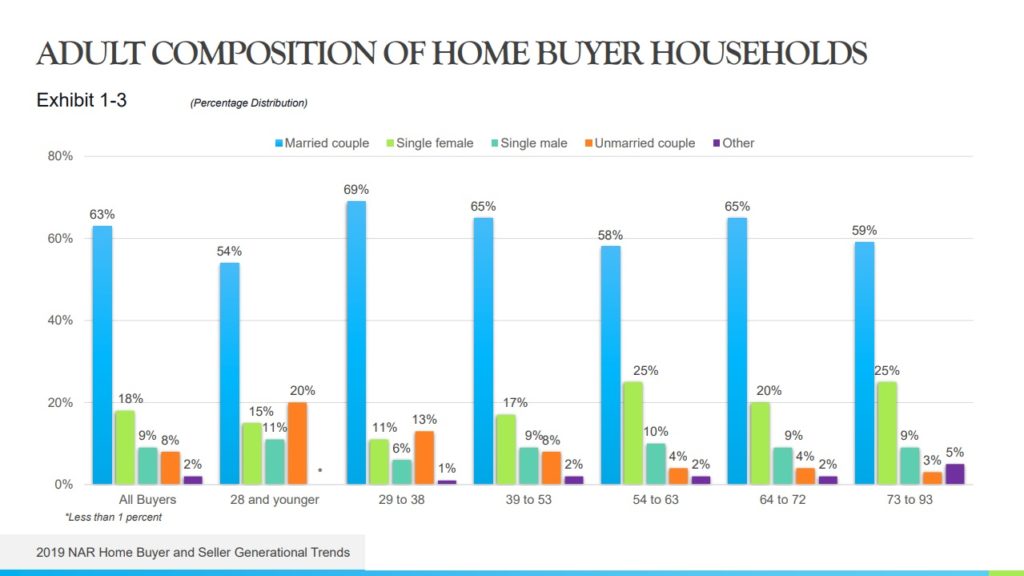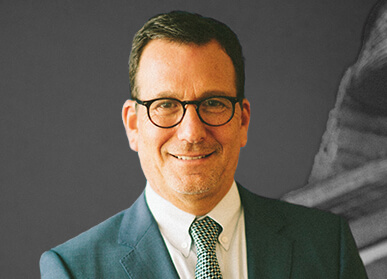First-Time Homeowners: 20-Year Trends
Mon Oct 21, 2019 by Oppenheim Law on Real Estate
Over the past 20 years, the “traditional” first time homebuyer has changed dramatically. It was once that most Americans first married and then went onto buying the American Dream: their first home.
What was then and now?
Today, more people are delaying marriage and having children, and are facing greater financial barriers to homeownership and a tougher housing market than the generations before them, causing many to rent or return home to live. In fact, a third of new homeowners today are unmarried. The National Association of Realtors found that 15% of homebuyers under 29 years old bought as an “unmarried couple.” In today’s economy, it seems that the focus of first-time homebuyers is no longer acquiring a mortgage with a romantic partner. One-third of all homeowners today are, in fact, unmarried, and the percentage of graduates who live with significant others has declined from 44% to 34% in the past 20 years as well.

Surveys show that one of the biggest roadblocks millennials face when searching for a home is the gap between the high cost of living and lower income. Millennials make up the generation with the largest percentage of individuals that claim that cost of living is what’s holding them back from buying a home. This, along with overwhelming student loan debt, is the reason that most millennials are opting for cheaper living options, such as living with their parents, renting, or taking out a mortgage with friends or siblings to save money.

The characteristics and demographics of first-time homebuyers are also shifting unexpectedly. For the first time, 2.3% of all Asian-Americans and 1.5% of all Hispanics were first-time homeowners, surpassing the 1.5% of all Caucasians that were first-time homeowners. Yet, the first time home buying rate of black households is the lowest at just 1%.
Empty Nests Not So Empty Anymore… What’s Next?
The rise of non-traditional households is a strong indicator that many things have changed economically and socially within the upcoming generation of homeowners in addition to global climate issues affecting homeownership. While it is difficult to definitely predict what will happen to home-ownership within the next two decades, one thing is certain: demographics of the first time homeowner has evolved and will continue to evolve and we must evolve along with it.
From the Trenches,
Roy Oppenheim


Leave a Reply